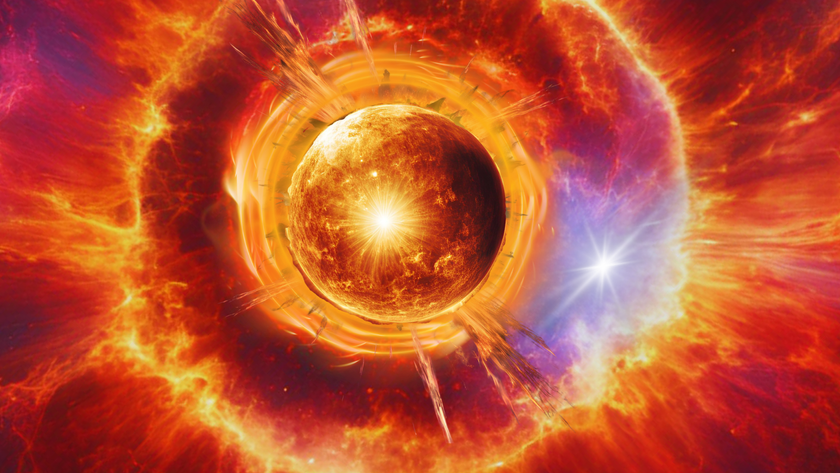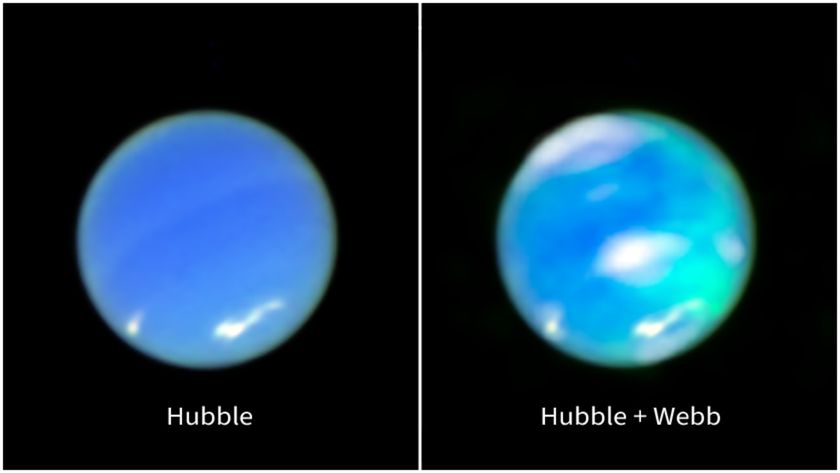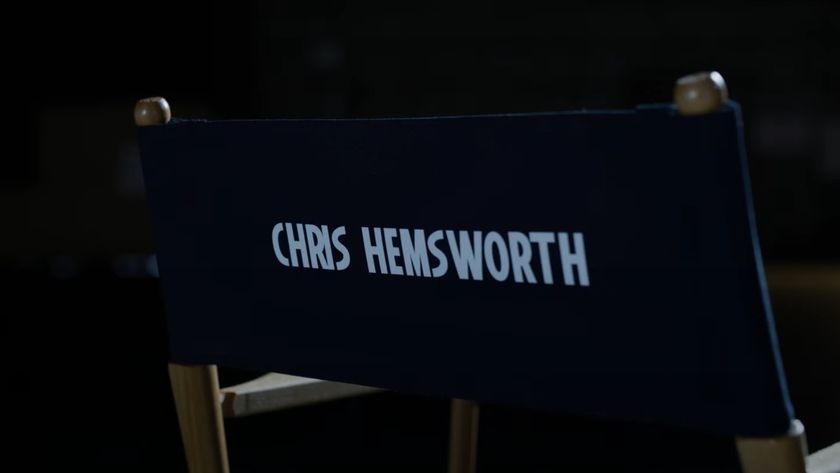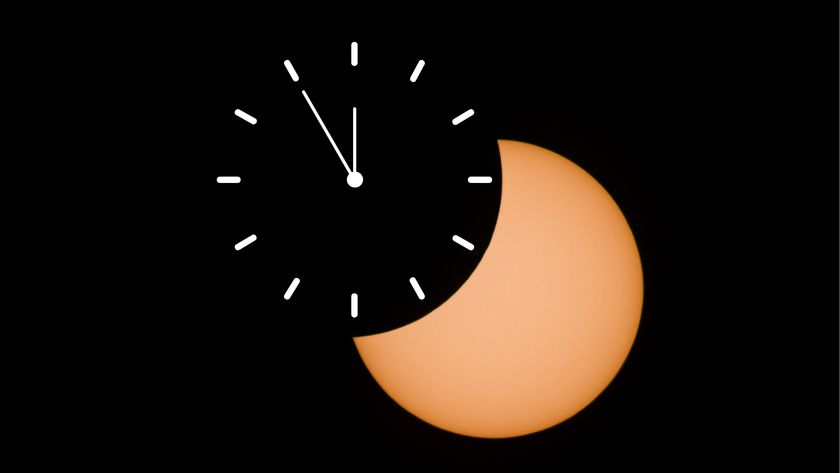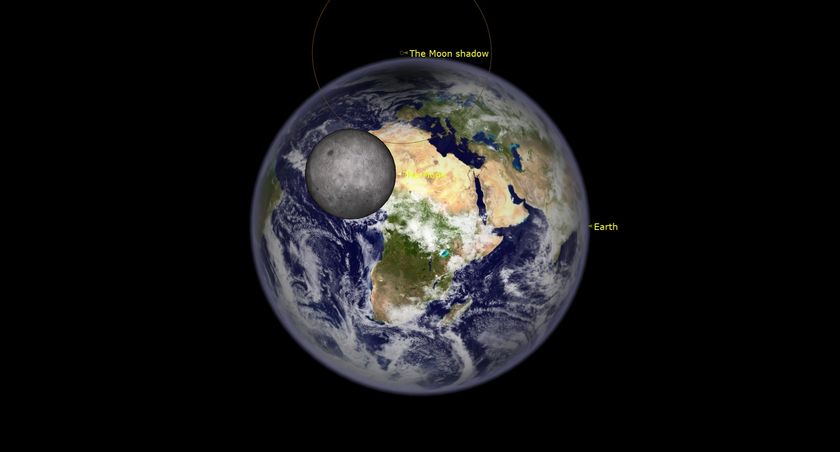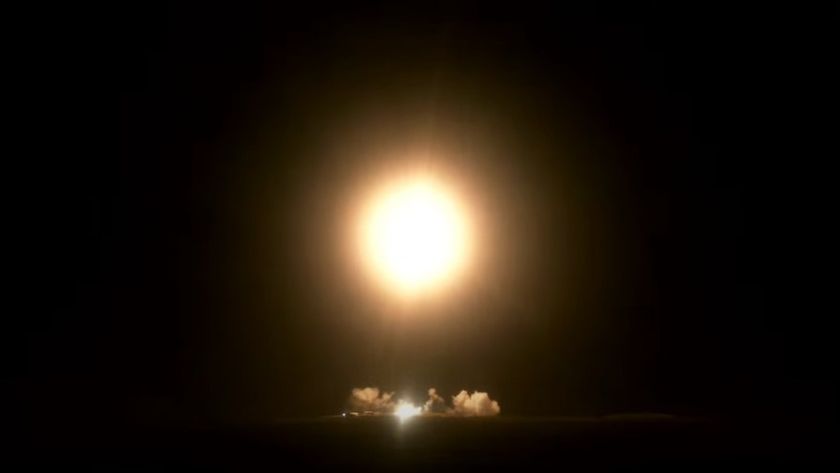
Simulating Mars Terraforming, on Earth (Video)
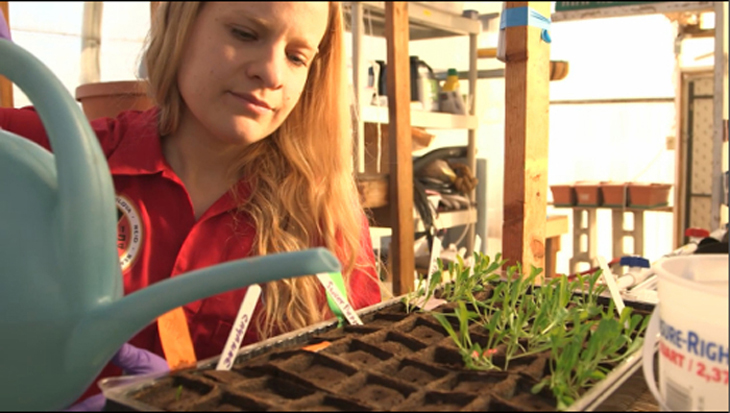
Kai Staats, documentary filmmaker and member of the MarsCrew134 team, contributed this article to SPACE.com's Expert Voices: Op-Ed & Insights.
Michaela Musilova is looking for life — in the extreme. Her research is in extremophiles, organisms that live in extreme environments such as the glaciers of Greenland; the high, dry desert of Utah; and eventually, perhaps, on the surface of Mars or in the oceans of Europa.
As with many astrobiologists, this work is important if humans are to learn if other life exists in the universe. [Life On Mars Sim: 'Terraforming' Utah To Grow On Mars ]

Michaela first came across extremophiles at University College London, where she completed a Masters of Science Planetary Science degree with First Class Honors. Fueled by her interest for these extraordinary creatures, she wrote a proposal for her master's project on the subject and received several scholarships from the university to complete it. Michaela's studies have brought her to the California Institute of Technology (Caltech) as an exchange student from her home country of Slovakia, and as a research fellow at the NASA Jet Propulsion Laboratory (JPL). Michaela is currently working as a Ph.D. research student at the University of Bristol. [Coolest Mock Space Missions of All Time]
As humans increase our awareness of how many diverse forms life does take, and at the same time improve our techniques for investigation, we grow more likely to discover life off our home planet. While telescopes analyze the light from the atmosphere of planets eclipsed by orbiting distant stars, we continue to press our fingers and tools into the soil beneath our feet to look for life which may represent what we will some day find on Mars.
To learn more about MarsCrew134, visit www.marscrew134.org.
Get the Space.com Newsletter
Breaking space news, the latest updates on rocket launches, skywatching events and more!
The views expressed are those of the author and do not necessarily reflect the views of the publisher. This version of the article was originally published on SPACE.com.

Join our Space Forums to keep talking space on the latest missions, night sky and more! And if you have a news tip, correction or comment, let us know at: community@space.com.
Kai is an inventor, freelance writer, filmmaker, business developer and member of the MarsCrew134 team who aspires to find expression in the arena of film. He's dedicated to helping humankind become interplanetary while gaining an improved perspective of our role as caretakers for our planet Earth. While not actively engaged in film production he's been capturing the construction of SAM's Biosphere 2 and its use by visiting teams at the University of Arizona research campus near Oracle, Arizona.


